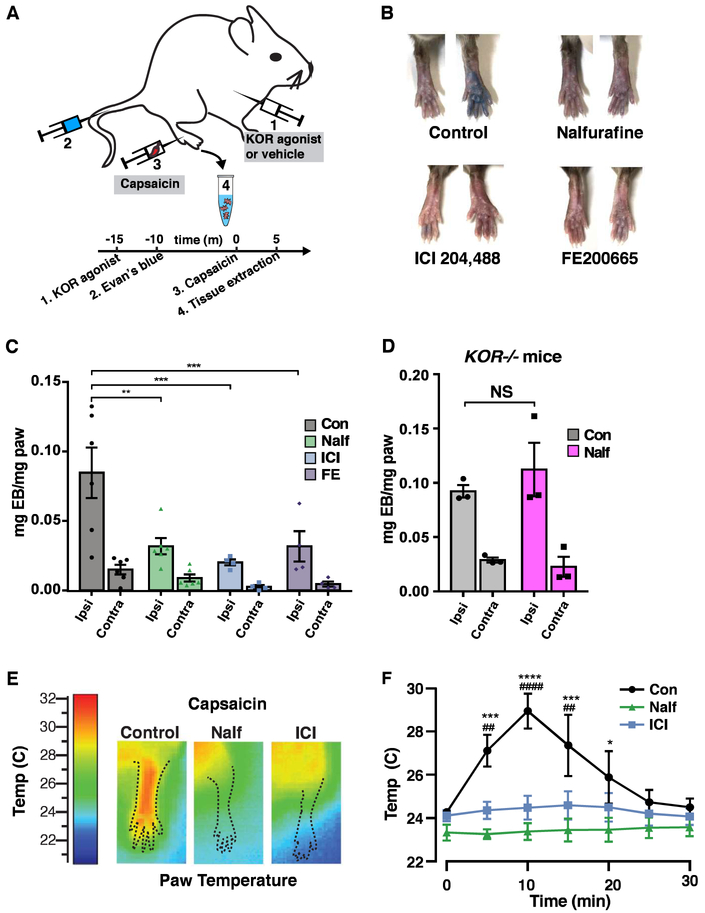Figure 7. Peripherally restricted KOR agonists inhibit neurogenic inflammation.
A. Schematic illustrating experimental design to measure the effect of KOR agonists on plasma extravasation induced by capsaicin.
B - C. Representative images (B) and quantification (C) of Evans blue extravasation upon injection of capsaicin (0.1%) into the ipsilateral paw of mice pretreated with vehicle (Control), nalfurafine (20 μg/kg), ICI204,448 (10 mg/kg) or FE200665 (12 mg/kg), as indicated. Data are presented as mean ± SEM and symbols represent data points from individual animals (two-way ANOVA, Tukey’s post hoc test; * p < 0.05; n = 4 – 6 mice/condition).
D. Capsaicin-induced Evans blue extravasation in KOR−/− mice treated with vehicle (Con) or nalfurafine (Nalf, 20 μg/kg). Data are represented as mean + SEM and symbols represent data points from individual animals (two-way ANOVA; NS p > 0.05; n = 3 mice/condition)
E - F. Representative images (F) and quantification (G) of infrared thermography to assess paw temperature. Injection of capsaicin (0.1%) caused a transient increase in the temperature of the ipsilateral paw of mice pretreated with vehicle (Control), which was significantly greater than that observe in mice pretreated with nalfurafine (20 μg/kg) or ICI204,448 (10 mg/kg), as indicated. Data represent mean ± SEM (two-way ANOVA followed by Holm-Sidak multiple comparison test; * or # indicates p < 0.05 between nalfurafine and vehicle or ICI and vehicle groups, respectively; n = 4 – 5 mice/condition).

